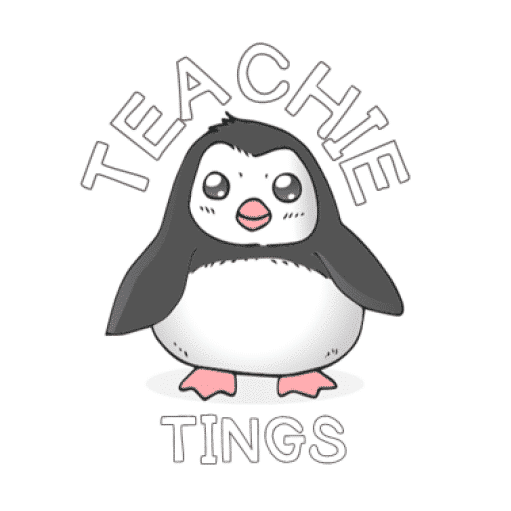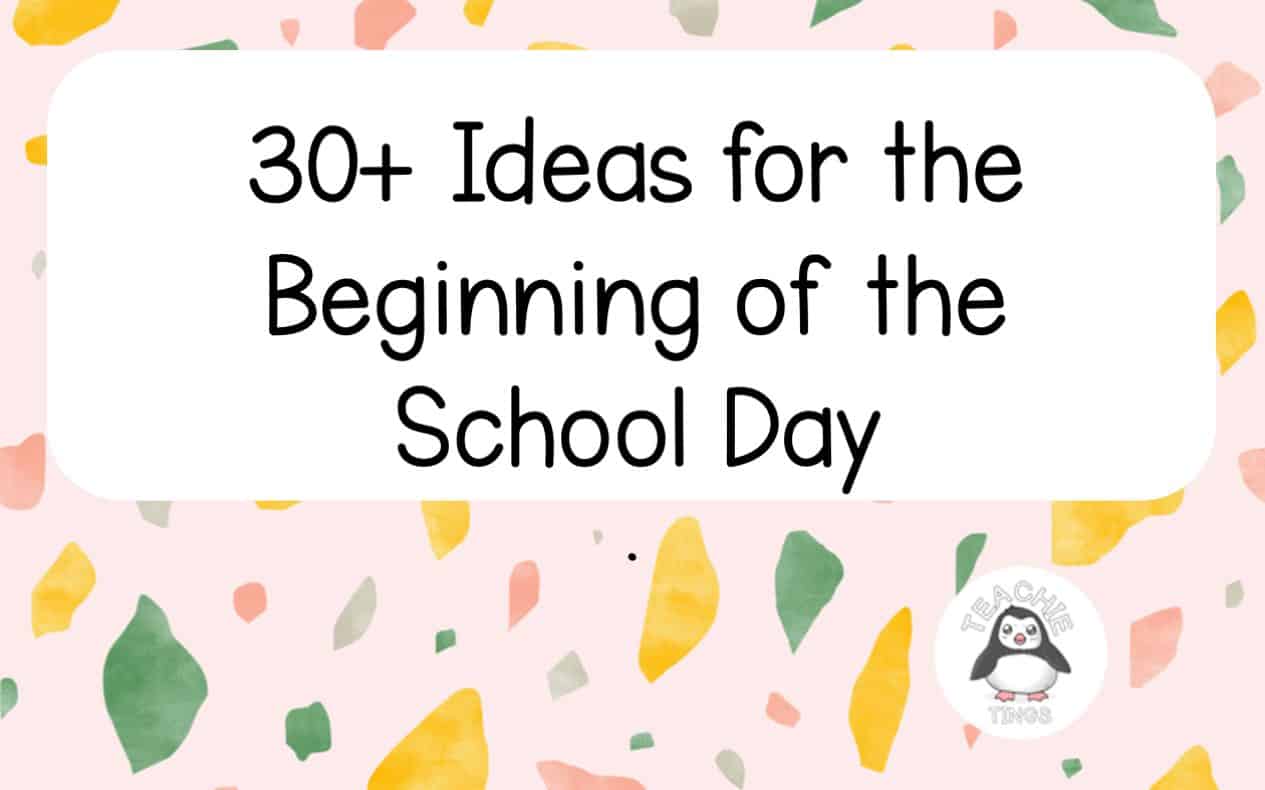
Without a doubt – the hardest part of lesson planning is resourcing! That’s why I encourage all of you to batch your planning! I read this newspaper article online during the week. It was so relatable! As teachers, we are given a basic roadmap and expected to fill in all of the gaps ourselves. Often, […]



